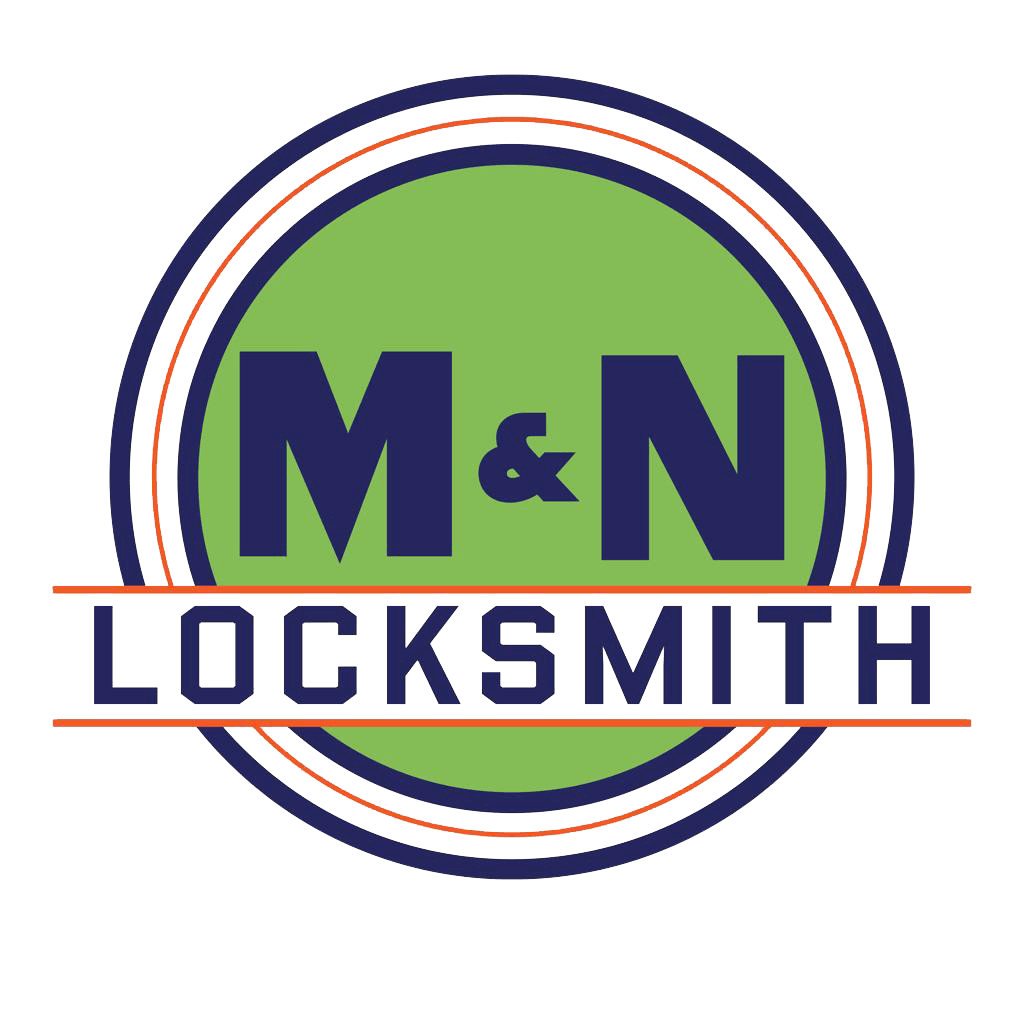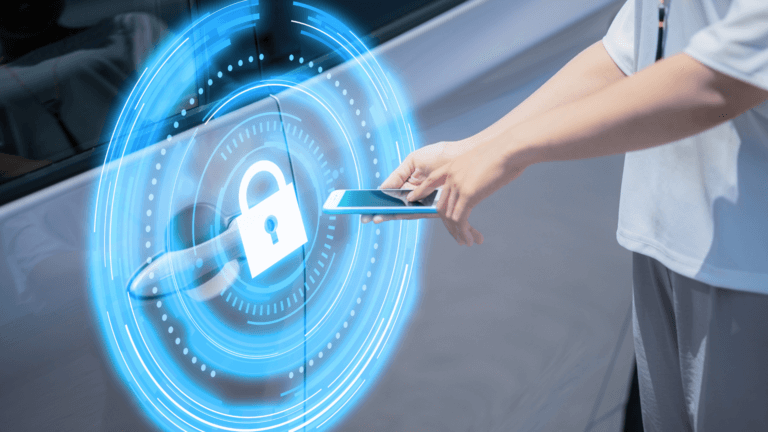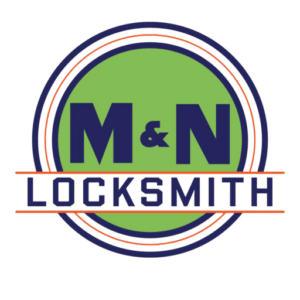Accessible Keyless Entry for Elderly or Disabled: Solutions
In today’s world, technology has made significant strides in enhancing accessibility for elderly and disabled individuals. Keyless entry systems are a prime example of this, offering a convenient and secure way for individuals with mobility challenges to access their homes or vehicles. In this blog, we will explore the various accessibility solutions available for keyless entry systems, specifically tailored to meet the needs of elderly or disabled individuals.
Challenges Faced by Elderly and Disabled Individuals
Elderly and disabled individuals often encounter difficulties with traditional key-based entry systems due to issues such as limited mobility, dexterity challenges, and memory loss. These challenges can make it arduous for them to unlock doors, enter PIN codes, or locate and operate keys, leading to feelings of frustration and helplessness.
Keyless Entry Solutions
Keyless entry systems provide a range of solutions to address the challenges faced by elderly and disabled individuals, offering increased independence, security, and peace of mind. Below are some key accessibility solutions available:
1. Biometric Access Control Systems
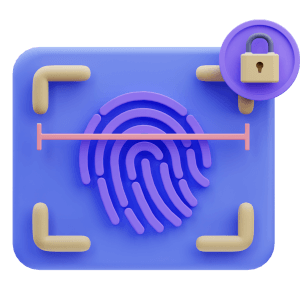 Biometric access control systems, such as fingerprint or facial recognition technology, offer a seamless and secure solution for individuals with mobility or dexterity challenges. These systems eliminate the need for physical keys or PIN codes, allowing users to gain access through biometric authentication. For example, “Company X” implemented a fingerprint recognition system at the entrance of a retirement community, enabling elderly residents to effortlessly enter their homes without the need for keys or keypads.
Biometric access control systems, such as fingerprint or facial recognition technology, offer a seamless and secure solution for individuals with mobility or dexterity challenges. These systems eliminate the need for physical keys or PIN codes, allowing users to gain access through biometric authentication. For example, “Company X” implemented a fingerprint recognition system at the entrance of a retirement community, enabling elderly residents to effortlessly enter their homes without the need for keys or keypads.
2. Remote Control Keyless Entry
Remote control keyless entry systems, commonly used in vehicles, can also be adapted for residential use. These systems enable individuals to lock and unlock doors from a distance, eliminating the need to physically manipulate locks or keys. “Case Study Y” documented a significant improvement in the daily lives of disabled individuals after implementing remote control keyless entry systems in their homes, empowering them to manage access independently.
3. Voice-Activated Entry Systems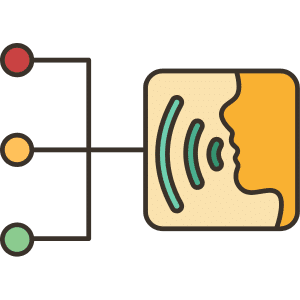
Voice-activated entry systems utilize voice recognition technology to grant access based on pre-registered vocal commands. This solution is particularly beneficial for individuals with limited mobility or dexterity, as it removes the need for physical interaction with traditional key-based entry systems. Research conducted by “Institution Z” demonstrated a high level of user satisfaction among elderly individuals using voice-activated entry systems, citing increased ease of access and reduced reliance on physical assistance.
4. Smartphone-Controlled Entry Systems
Smartphone-controlled entry systems leverage mobile applications to facilitate keyless entry, allowing users to unlock doors using their smartphones. These systems can be customized to accommodate specific accessibility features, such as large, easy-to-read interfaces and simplified user interactions. “Organization A” reported a notable increase in independence and confidence among elderly users who adopted smartphone-controlled entry systems in their residences.
Recommendations for Implementing Keyless Entry Solutions
When implementing keyless entry solutions for elderly or disabled individuals, it is essential to consider the following recommendations:
- User-Friendly Design: Choose systems with intuitive interfaces and simple operation to ensure ease of use for individuals with varying levels of technical proficiency.
- Accessibility Features: Opt for systems that offer accessibility features such as adjustable font sizes, voice-guided instructions, and compatibility with assistive technologies.
- Professional Installation:
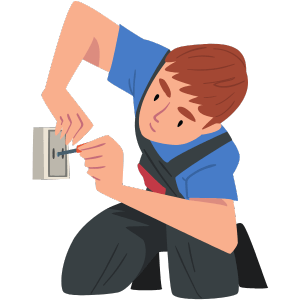 Seek professional assistance for the installation and setup of keyless entry systems to ensure optimal functionality and security.
Seek professional assistance for the installation and setup of keyless entry systems to ensure optimal functionality and security. - User Training and Support: Provide comprehensive training and ongoing support to users to familiarize them with the operation of keyless entry systems and address any concerns or difficulties.
Conclusion
Keyless entry systems tailored for elderly and disabled individuals offer a transformative solution to the accessibility challenges associated with traditional key-based entry. By embracing innovative technologies and user-centric design, these systems empower individuals to regain independence, enhance security, and experience a renewed sense of control over their living environments. As the demand for inclusive accessibility solutions continues to grow, the advancement of keyless entry systems will play a pivotal role in promoting independence and autonomy for elderly and disabled individuals.
By embracing innovative technologies and user-centric design, these systems empower individuals to regain independence, enhance security, and experience a renewed sense of control over their living environments. As the demand for inclusive accessibility solutions continues to grow, the advancement of keyless entry systems will play a pivotal role in promoting independence and autonomy for elderly and disabled individuals.
FREQUENTLY ASKED QUESTIONS
What is keyless entry, and how does it benefit elderly or disabled individuals?
Keyless entry refers to a system that allows individuals to unlock doors without the use of a traditional key. For elderly or disabled individuals, keyless entry provides convenience and accessibility, eliminating the need to fumble with keys or struggle with locks. This technology can include options such as keypad entry, remote access, or biometric authentication, making it easier for individuals with mobility or dexterity issues to enter their homes safely and independently.
What types of keyless entry systems are available for elderly or disabled individuals?
There are several types of keyless entry systems designed specifically for elderly or disabled individuals. These may include keypad door locks, which allow users to enter a code to unlock the door, remote key fobs that can be operated with the push of a button, and smart locks that can be controlled via a smartphone app. Each of these options offers unique benefits and features to enhance accessibility and convenience for users with mobility or dexterity challenges.
How can keyless entry systems be customized to meet the needs of elderly or disabled individuals?
Keyless entry systems can be customized in various ways to accommodate the specific needs of elderly or disabled individuals. This may include features such as large, easy-to-read keypads, tactile buttons for users with visual impairments, and remote access options for individuals with limited mobility. Additionally, some keyless entry systems offer programmable codes or biometric authentication, allowing users to choose the method that works best for their abilities and preferences.
Are keyless entry systems secure for elderly or disabled individuals?
Yes, keyless entry systems designed for elderly or disabled individuals are generally secure and reliable. These systems often incorporate advanced security features such as encryption technology, tamper-resistant components, and customizable access codes to ensure the safety and protection of users and their homes. Additionally, many keyless entry systems offer remote monitoring and alerts, allowing caregivers or family members to keep track of who is entering and exiting the home.
Can keyless entry systems be installed in existing homes for elderly or disabled individuals?
Yes, keyless entry systems can typically be installed in existing homes with minimal hassle. Many models are designed to retrofit existing door locks, making installation quick and easy. Additionally, professional locksmiths or home security specialists can assist with the installation process and provide guidance on selecting the best keyless entry system for your specific needs and preferences.
How can I find the right keyless entry system for elderly or disabled individuals?
To find the right keyless entry system for elderly or disabled individuals, consider factors such as ease of use, accessibility features, security capabilities, and compatibility with existing home systems. It’s also helpful to read reviews, compare different models, and consult with a knowledgeable professional to ensure that you select a system that meets your unique needs and provides peace of mind for you or your loved ones.
